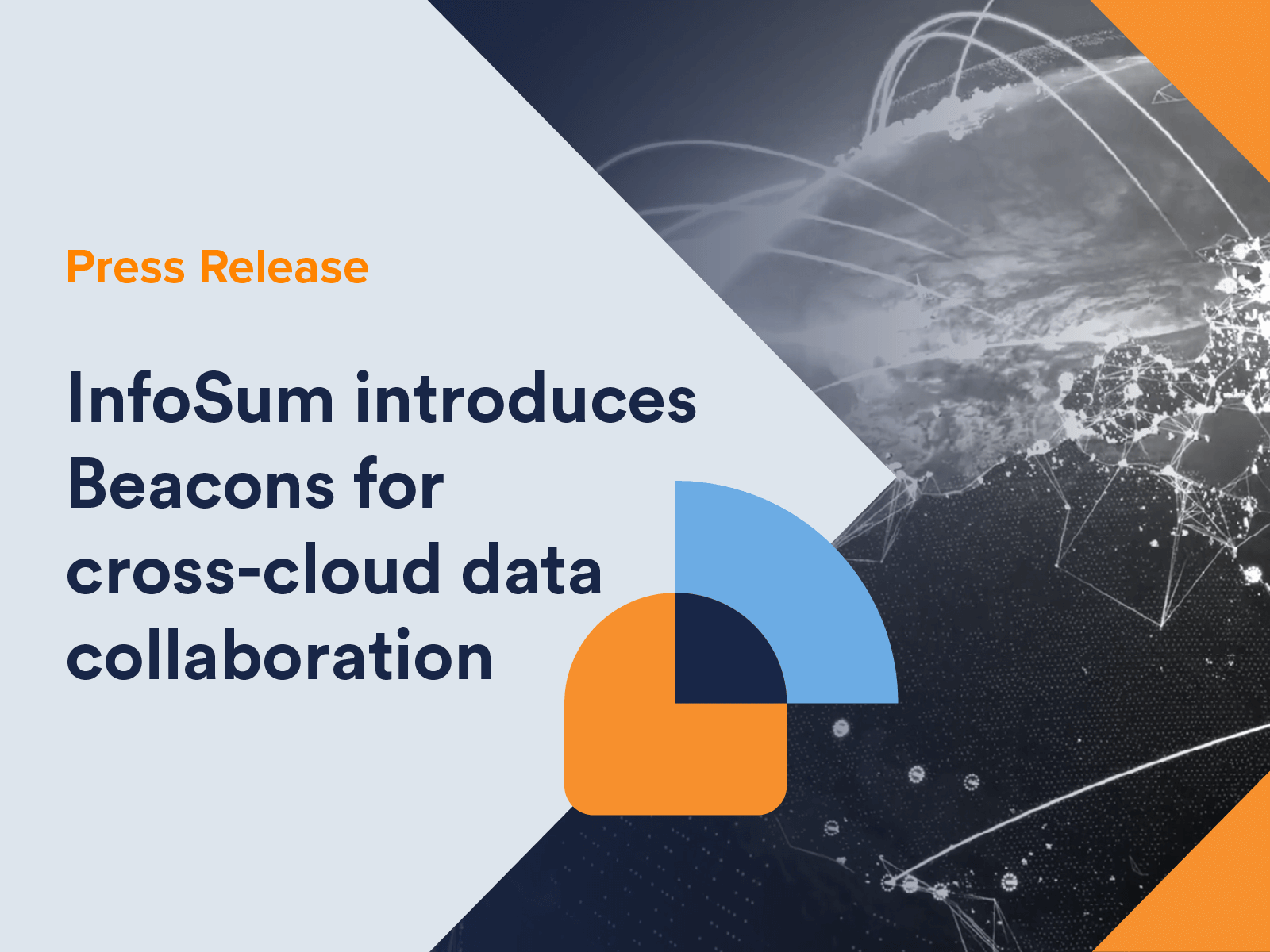The term people-based marketing was born out of Facebook and reflected the social media giants approach to marketing based on user logins. Through their Custom Audience solution, marketers could upload their first-party data into Facebook’s walled garden and use this data to target advertising at individuals based on their knowledge that the marketer held on them, e.g. lapsed customer, churn risk etc.
This approach proved highly effective and grew in popularity, to the point where it is estimated Facebook now has more than 7million advertisers on its platform, leading to many other platforms bringing people-based marketing solutions to market that emulated Facebook’s approach.
Traditional approaches to people-based marketing
People-based marketing solutions like Facebook’s rely on you to share customer’s data with the third-party vendor, through a direct transfer of CRM data.
When your data is shared with a third-party vendor, it is processed against the data which they hold and then tied to their (interoperable) third-party ID, which only they control. During this process, much of the richness of the original data is lost as it is converted into a one-dimensional segment, such as “running enthusiast” or “gym-goer” if you were a sneaker brand.
This process of centralising data and it being converted into pre-built segments not only risks the commercial value of your data, as you lose control over how it is used after it is shared but also demotes people-based marketing to actually being regular old “segment-based marketing”.
Real people-based marketing
Fortunately, there is a better way that empowers you to deliver high performing people-based marketing, while prioritising the privacy of your customers.
True people-based marketing solutions, such as that offered by InfoSum, enable you to create a custom audience against a media owner's authenticated addressable audience, powered by their first-party data with all its rich demographic and behavioural data attributes. The data is never processed against anyone else’s data, nor is it locked in an interoperable, proprietary ID.

By ensuring that this granular insight is available to you at all times, marketers can create high converting custom audiences at an individual level, unlocking more superior targeting capabilities than the segment-based approach that is currently provided by traditional solutions. This means you are able to target individuals with personalised messages on the right channels, all of the time, unlocking true people-based marketing for the first time.
To achieve this vision for people-based marketing, an important change must take place in the ad tech industry. Given the sensitivity and commercial value of your first-party data and each media owners addressable audience, we must move away from platforms that require data to be centralised, commingled and flattened to a third-party ID. Instead, we must move to a truly decentralised approach where marketers always retain full control of your data.
The role of a decentralised data clean room
A decentralised data clean room, such as that offered by InfoSum, ensures that your data remains fully in your control while enabling it to be analysed with any number of other first and second-party data sources.
Each party has its own secure and standalone Bunker. The data within this Bunker never moves, and only you as the data owner can ever access the Bunker. Instead of moving data between parties, each Bunker on InfoSum’s decentralised marketing infrastructure can be connected through anonymous mathematical representations of the data.
With the addition of differential privacy techniques, these anonymous mathematical representations can be used to conduct analysis across multiple Bunkers, maintaining the richness of the original data, but that never shares personal data and never risks a single individual being re-identified.
This means you are able to seamlessly run analysis across your own first-party data and a media owners addressable audience. This analysis can be used to build a custom audience based on the various behavioural and demographic information available. So rather than just targeting a “gym-goer” segment, you can target gym enthusiasts who have been watching the NBA playoffs with your latest Basketball sneaker, including a discount code based on their favourite team.
Finally, because a decentralised data clean removes the need for any movement of data between parties, any number of first, second and third-party data sources can be analysed allowing you to enrich your data and fill knowledge gaps.
The future of people-based marketing
The legacy, first-generation approaches to digital marketing that relied on personal data being passed between various parties within the marketing ecosystem, must be left in the past. These practices first and foremost are not good for the privacy of customers, and secondly do not help marketers preserve the commercial value that rich first-party data holds.
The future of people-based marketing will rely on greater collaboration between data-centric brands, media owners and other data owners, through methods that never require personal data to be shared. Only through privacy-safe decentralised data collaboration can first and second-party data sources be brought together, safely, to deliver high-performing people-based marketing.
Ready to get started with true people-based marketing? Download our guide to getting started.
In our next blog, we’ll look at data collaboration in more detail and explore the ways data collaboration can improve the performance of your marketing campaigns. Register for our newsletter now to find out when that blog is released.







